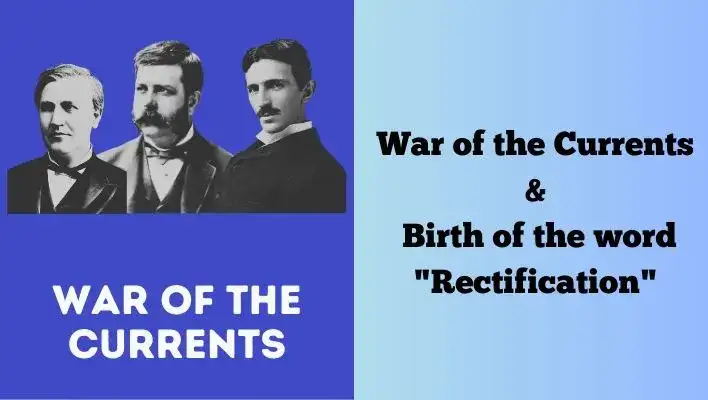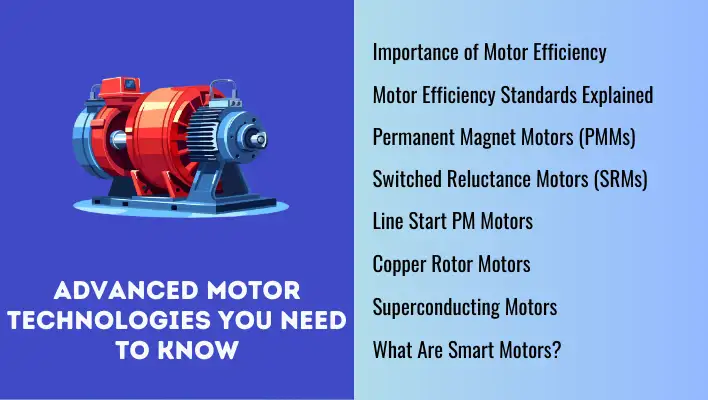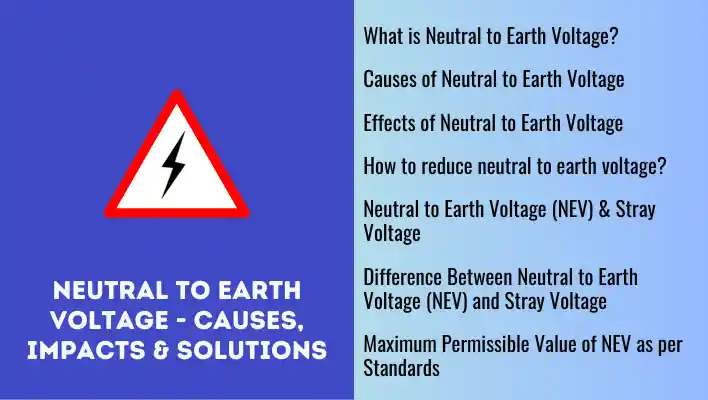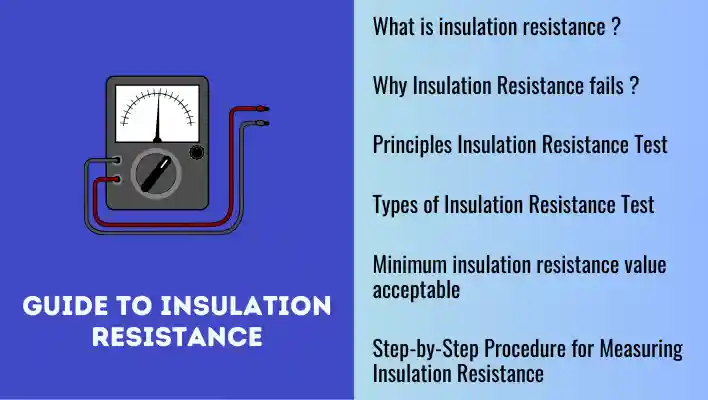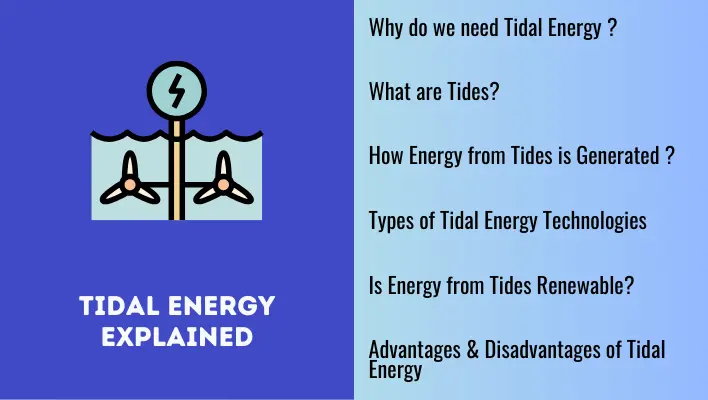You know how sometimes it’s tough to remember words without knowing the whole story behind them? It’s like they need some context to stick in our brains. That’s where delving into their origins or histories can really help.
Take the word “Rectification” for example. As per the Oxford dictionary, Rectification means: the act or process of putting right something that is wrong.
However, in the world of Electrical and Electronics Engineering, it takes on a different meaning: the process of converting an alternating current waveform into a direct current waveform.

So what’s the story that led to the word “Rectification” ending up being used to describe the process of converting AC power to DC power?Well, the context traces back to the 1880s, during an intense rivalry between Thomas Edison and George Westinghouse, which became famously known as ‘The War of the Currents.’
Edison’s Role in The War of the Currents
It’s funny how history works out sometimes. While Thomas Edison gets all the credit for inventing the first light bulb that was actually usable and affordable, he didn’t quite develop a practical system to power those bulbs across the nation.
That honor goes to the dynamic team of George Westinghouse and Nikola Tesla. Together, they’re the ones who figured out how to get electricity from point A to point B in a way that actually worked on a national scale.
In the mid-1880s, Thomas Edison and Westinghouse went to battle over who has the superior technology for electricity transmission.
Edison’s fervent advocacy for DC stemmed not just from his dogmatic views on AC power but also because of his significant investments in DC machinery. He argued for the placement of DC generators close to consumers, providing electricity at voltages tailored to their needs. Back then transformers, essential for voltage adjustment, were exclusive to AC systems.
Meanwhile, Westinghouse proposed a different approach. He advocated for AC generators located near readily available fuel sources, transmitting electricity at high voltages to distribution centers where it would be stepped down for consumer use. This method promised lower transmission losses, thanks to reduced current flow at high voltages.
Edison was well aware that AC power was starting to eat into his DC market share. Worried about losing out in the long run, he kicked off several smear campaigns. The campaign’s goal was to give AC power a bad rap by highlighting safety concerns surrounding AC power high-voltage transmission.
As the battle raged on, he got the best chance to tarnish Westinghouse AC power. In the late 1880s, the New York State Legislature sought alternatives to public hanging and formed three-member death penalty commission to explore options to find a more humane form of execution. Among the considerations were methods such as death by electricity or lethal injection.
When the commission officials reached out to Edison for his input, he saw an opening to cast doubt on the AC power system. Edison suggested that the best way to give someone instant death with minimal suffering was to use an AC dynamo, mainly made by George Westinghouse.
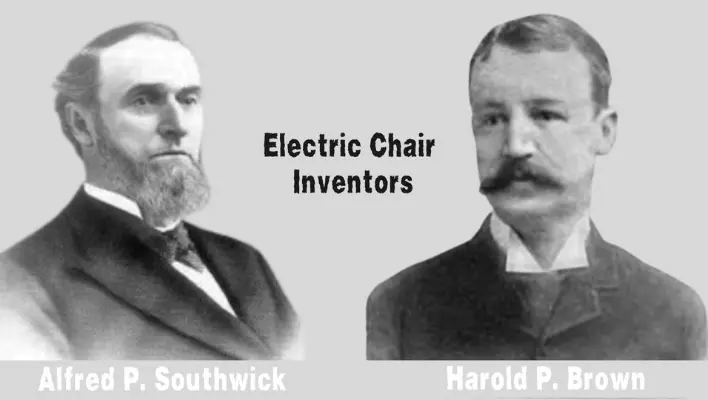
Following extensive deliberation, the commission recommended death by electricity as a more humane method of execution. Thereupon, in 1889 New York state legalized death by electricity, without specifying the use of AC or DC power.
Sighting a great opportunity to discredit Westinghouse, Edison teamed up with Harold Brown, a self-proclaimed anti-AC activist and electrical engineer, to make AC power the preferred choice for death by electric chair.
Together, they put on some seriously nasty shows, electrocuting animals at public events to demonstrate just how dangerous AC could be. Edison even let them use his lab in Orange County for experiments. They showed that less than 300 volts of AC could kill a dog that had survived a 1,000 volts of DC.
They didn’t stop there, both hosted seminars for electricians and journalists, giving out messages that AC power was downright evil. They argued that it should only be used in places like slaughterhouses and prisons.
The demonstrations at the seminars had the desired impact, leading the commission to adopt the electric chair powered by AC. Another side effect of these events led to the creation of a new term, “Electrocution,” by blending “electric” and “execution” to describe death by electricity.
Harold Brown improved Alfred P. Southwick’s electric chair concept to run on AC power. However, they faced roadblocks in acquiring the AC generators, as Westinghouse refused to sell them. So Edison, covertly working behind the scenes, secured the necessary AC generators to power up the first electric chair.

A year later in 1890, William Kemmler, became the first convict to face electric chair for murdering his wife. He was jolted twice on electric chair. First with 1,300 volts of AC power, but he didn’t die. So a charge of 2,000 volts was administered, which killed him.
Kemmler’s death with an AC electric chair didn’t harm Westinghouse’s business. Within a year, Westinghouse managed to nab 50% of the lighting market share. And in 1893, they bagged the deal to install AC generators at Niagara Falls. This was the final nail in the coffin for Edison’s hopes of dominance.
The War of the Currents ended and Edison was on the losing side.
Edison’s Linguistic Legacy
Edison’s defeat in the war of currents did not fade his legacy. He still is the most celebrated inventor and will always be remembered as the greatest pioneer of the electrical industry.
But perhaps Edison’s most enduring legacy in this feud was his manipulation of language. In a stroke of linguistic warfare, he introduced the term “Rectification” to describe the conversion of AC to DC, implying that AC needed correction.
By framing AC as inherently flawed and in need of rectification, Edison sought to undermine its legitimacy. Despite the eventual triumph of AC as the standard for electricity distribution, the term “Rectification” persisted, a testament to Edison’s linguistic influence.
In the annals of history, Thomas Edison’s contributions to science and technology are indisputable. Yet, his role in shaping public perception and language during the War of the Currents remains a fascinating chapter in the evolution of electricity.
And so, the term “Rectification” remains a linguistic artifact of a controversial era in electrical engineering. This whole episode serves as a powerful reminder of just how much words can shape our perception of innovation.
Lastly
Today, electricity still primarily runs on alternating current (AC), yet computers, LED’s, solar cells, and electric vehicles rely on direct current (DC) power.
Nowadays, methods exist for converting DC to different voltages, facilitating stability. High voltage direct current (HVDC) is increasingly used to transmit electricity over long distances with minimal loss.
It seems the conflict between AC and DC power, known as the War of the Currents, persists in a different form. Rather than a direct battle, both currents coexist, thanks to the innovations of Tesla and Edison.

